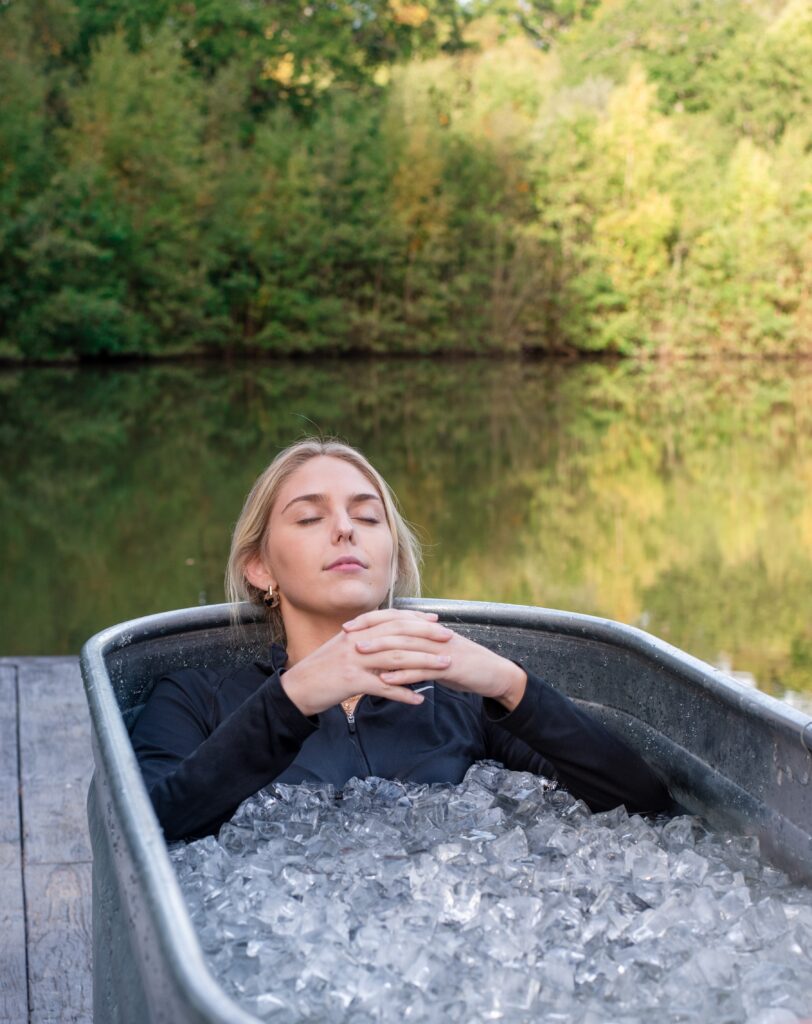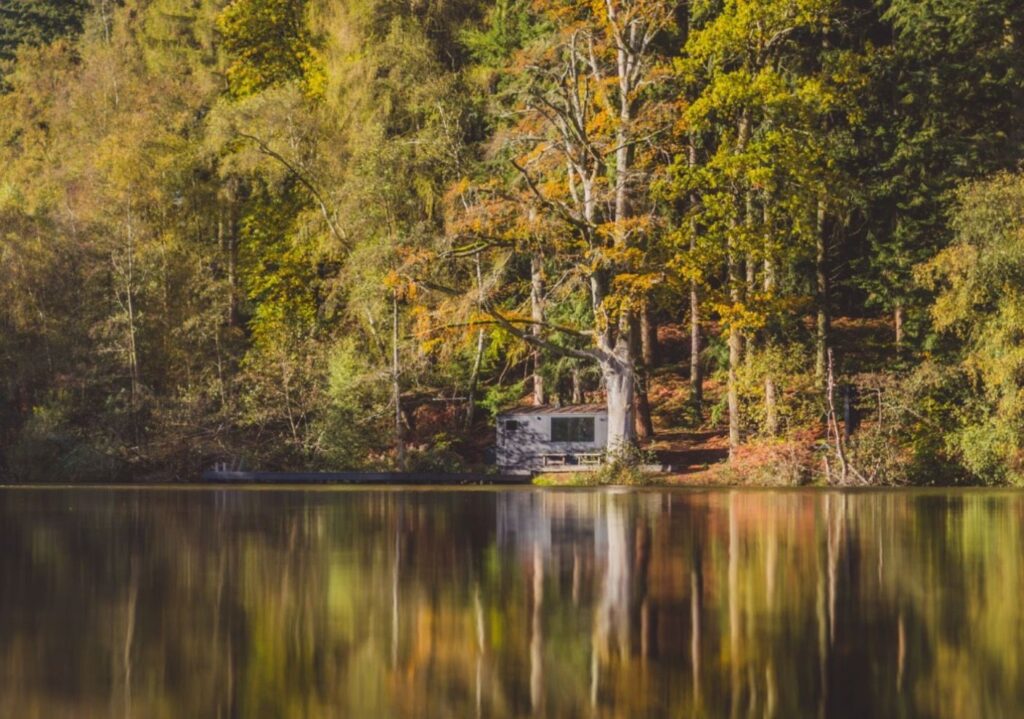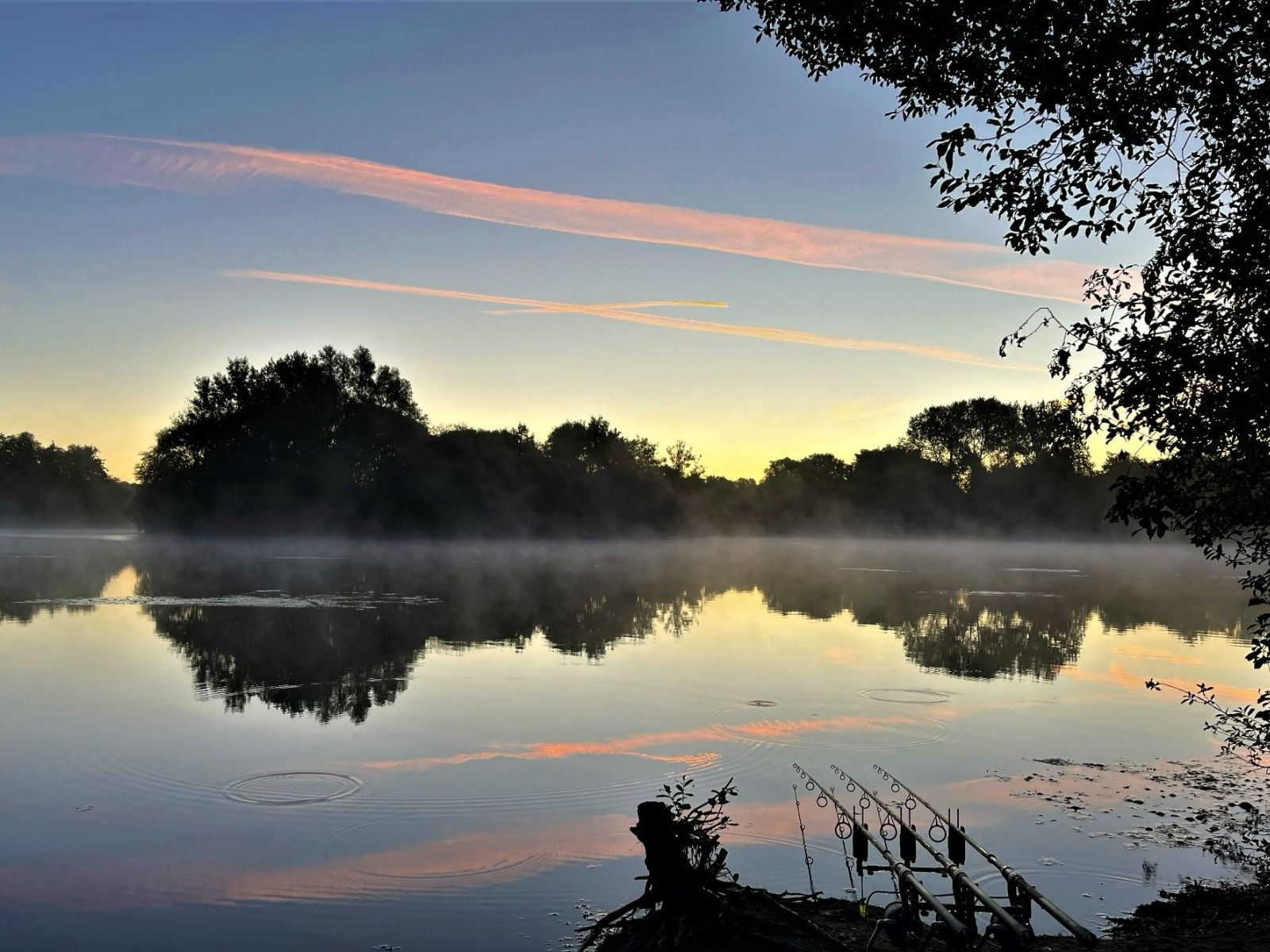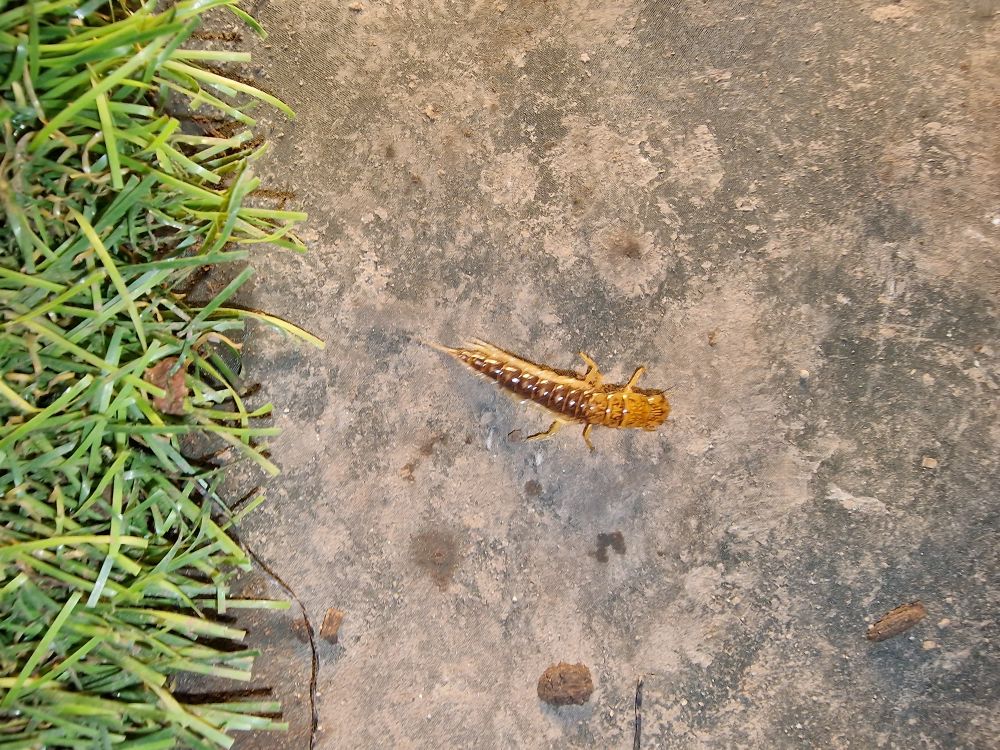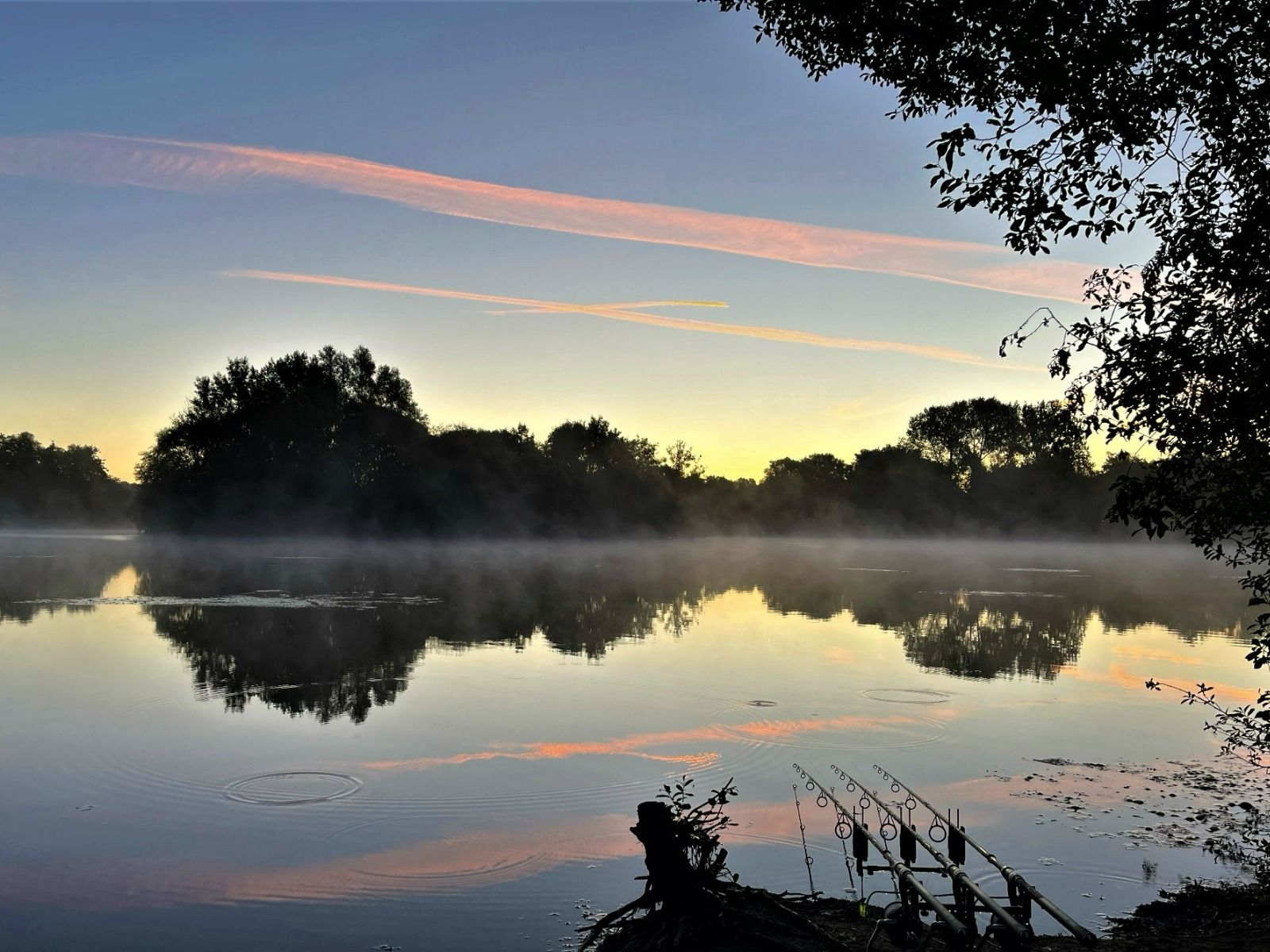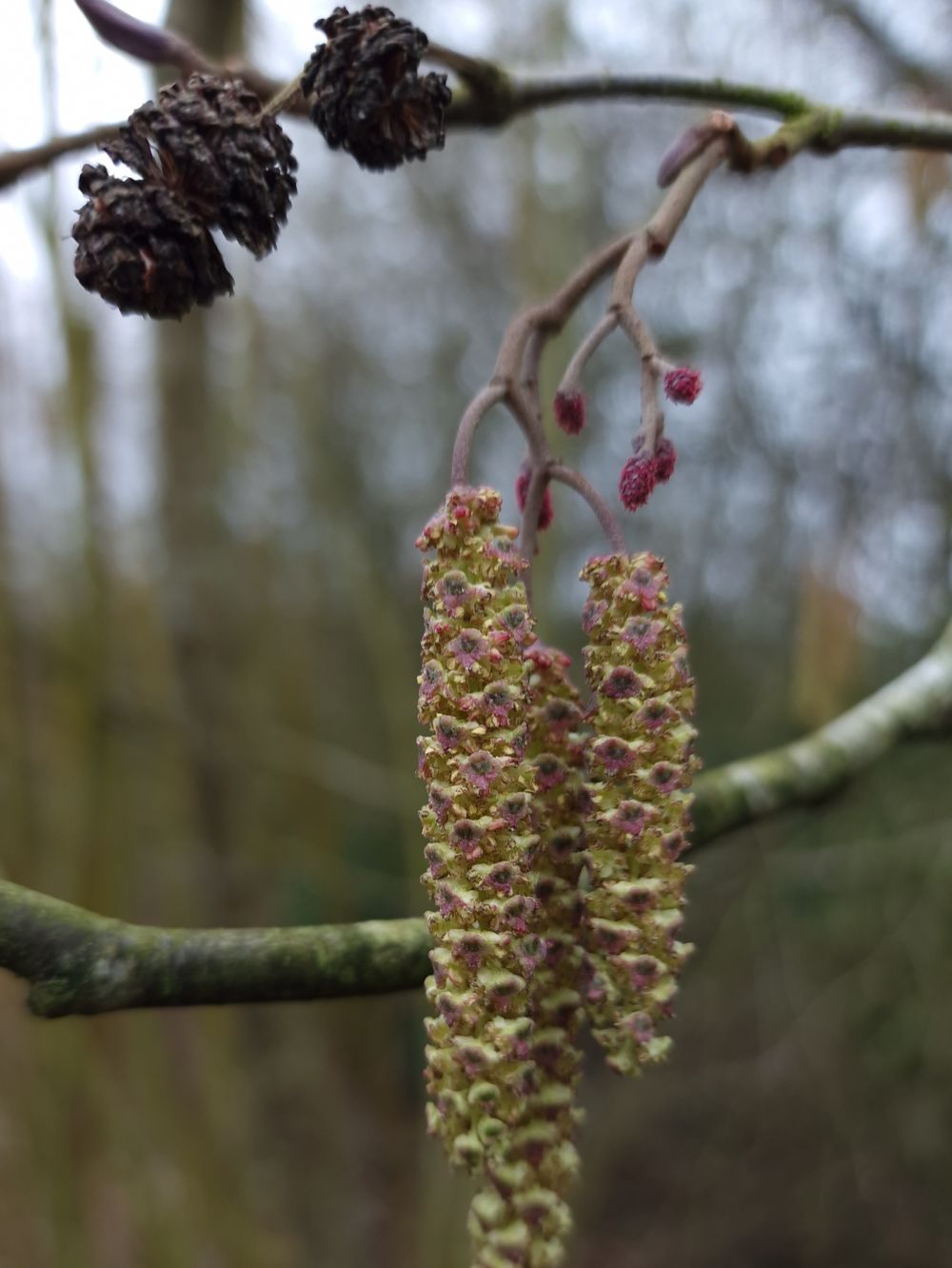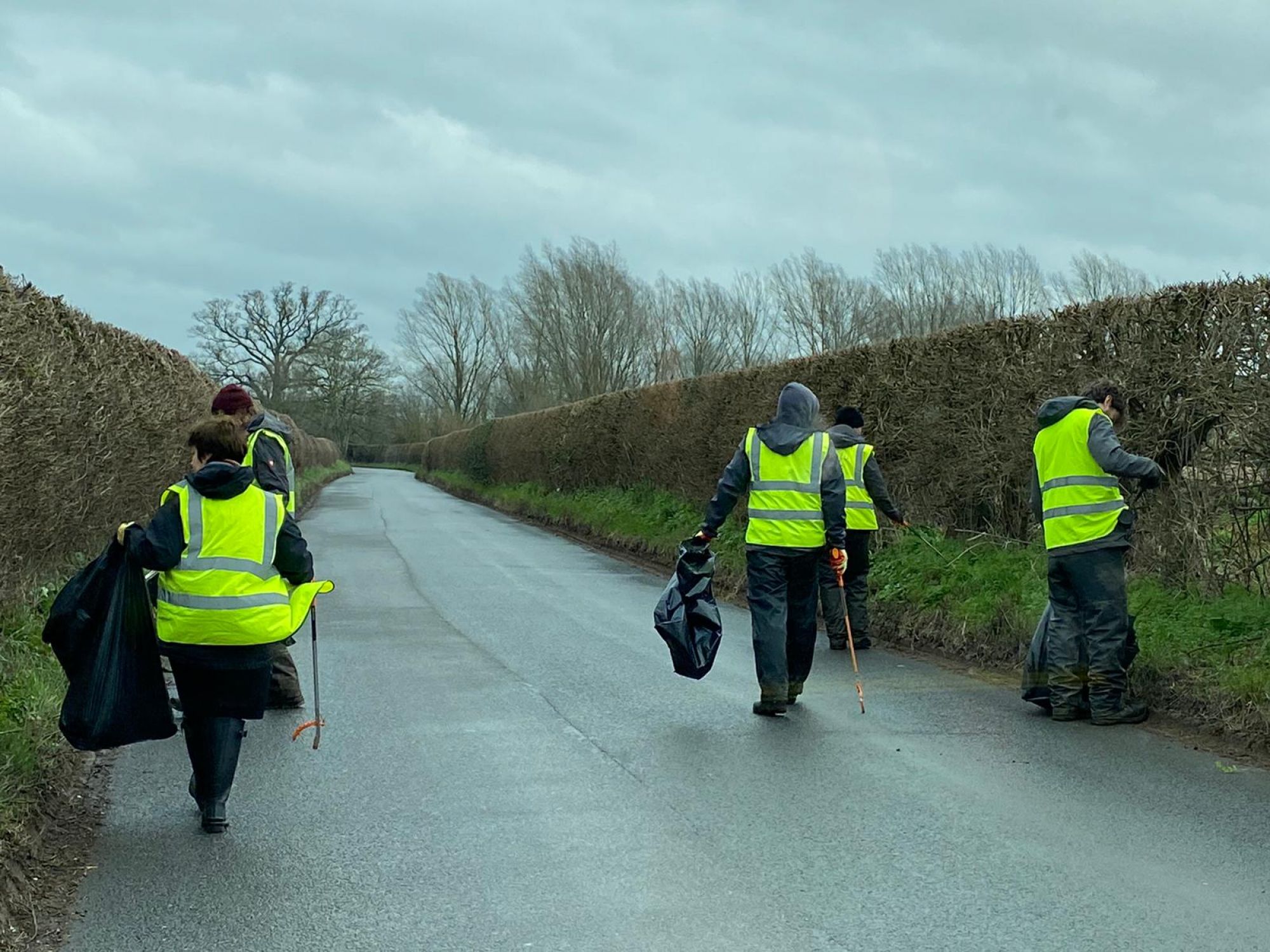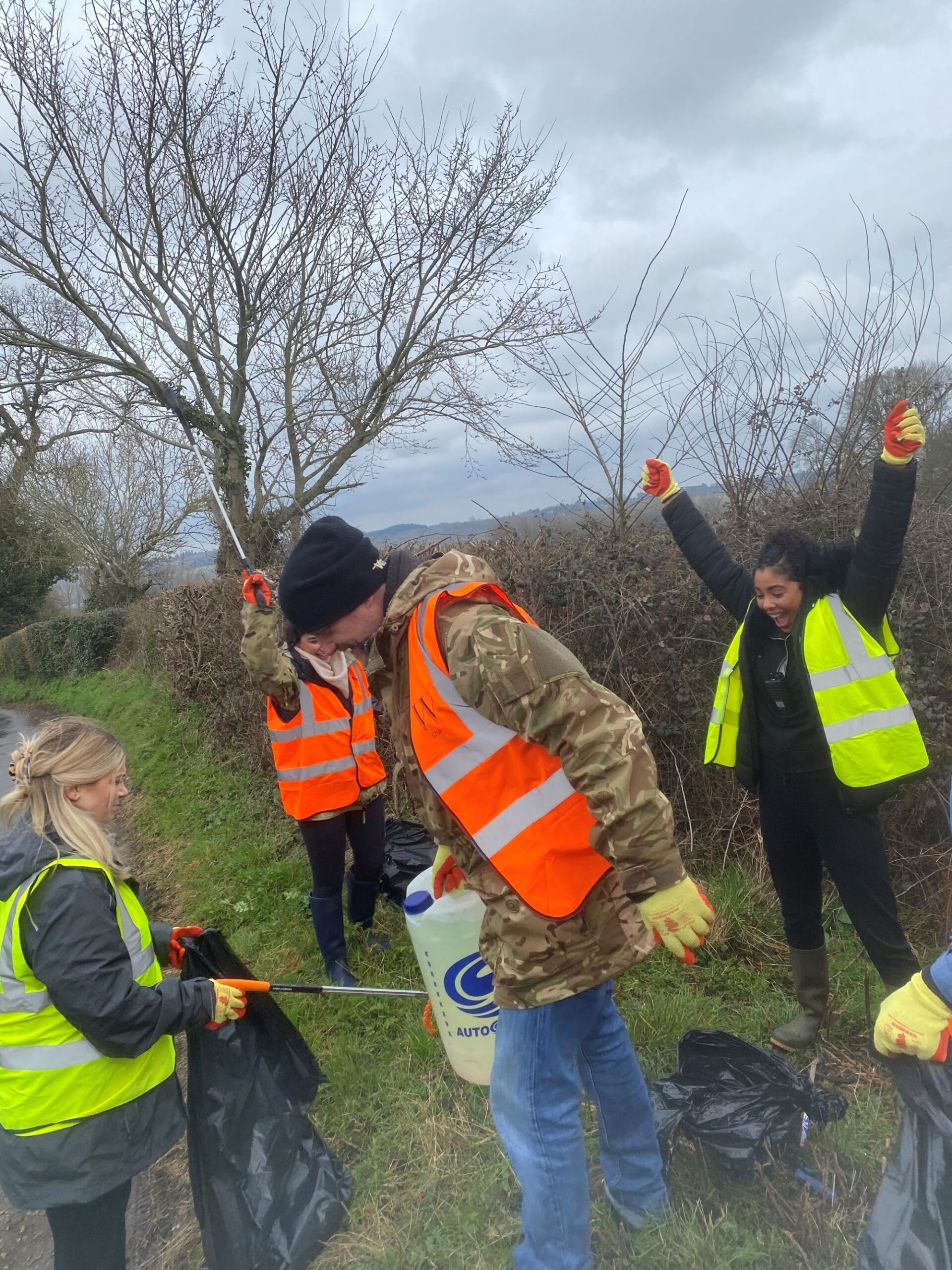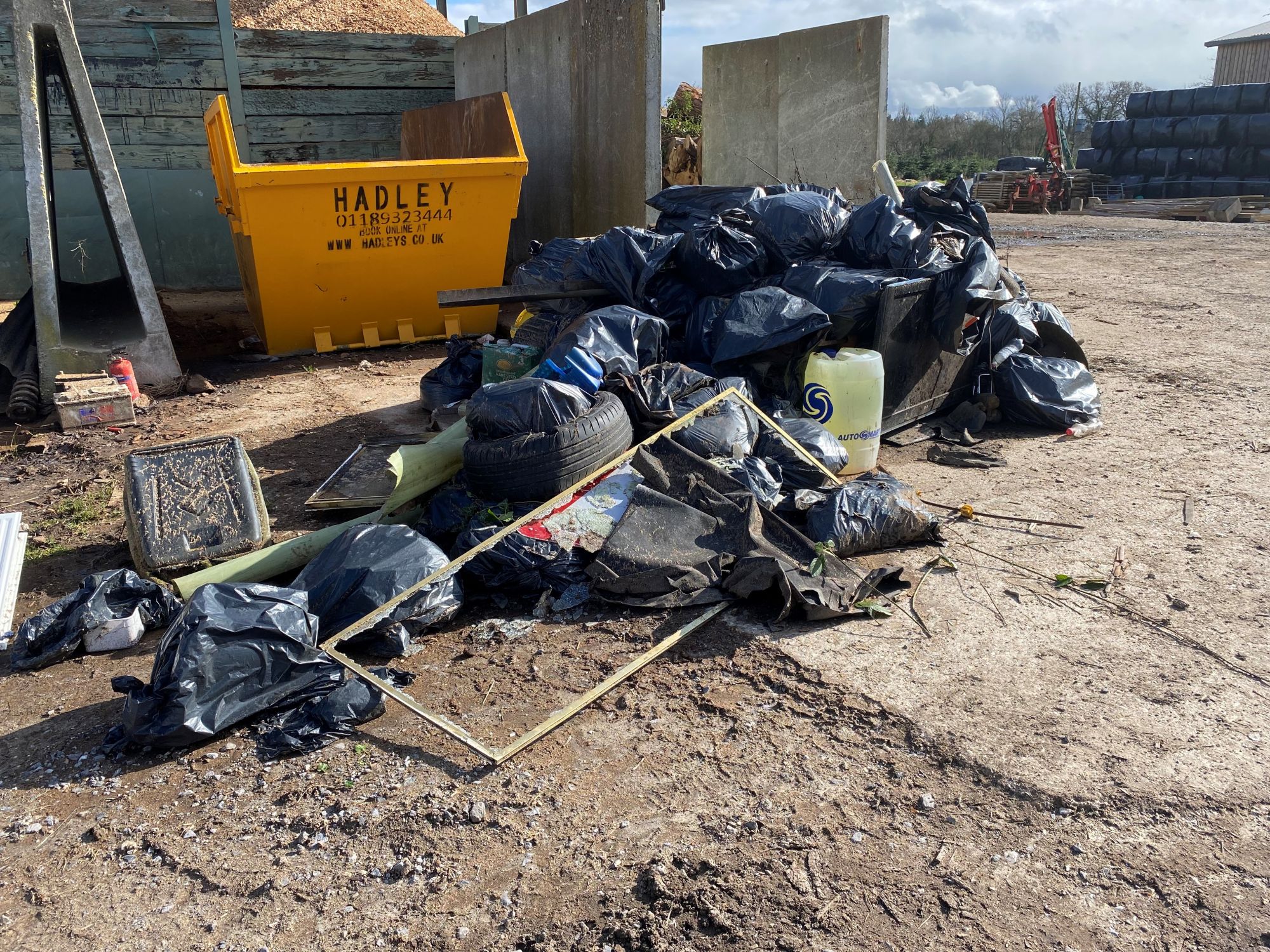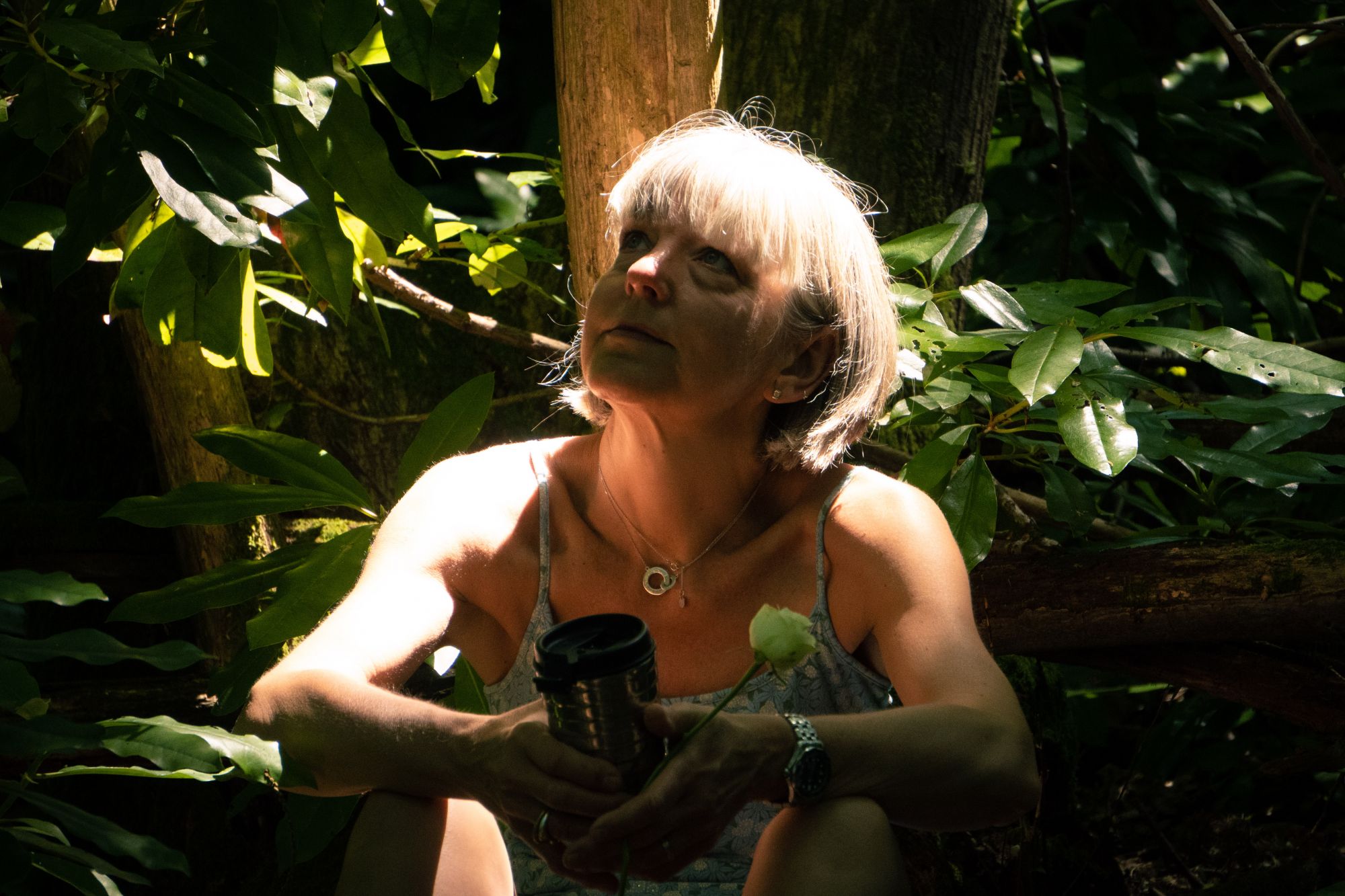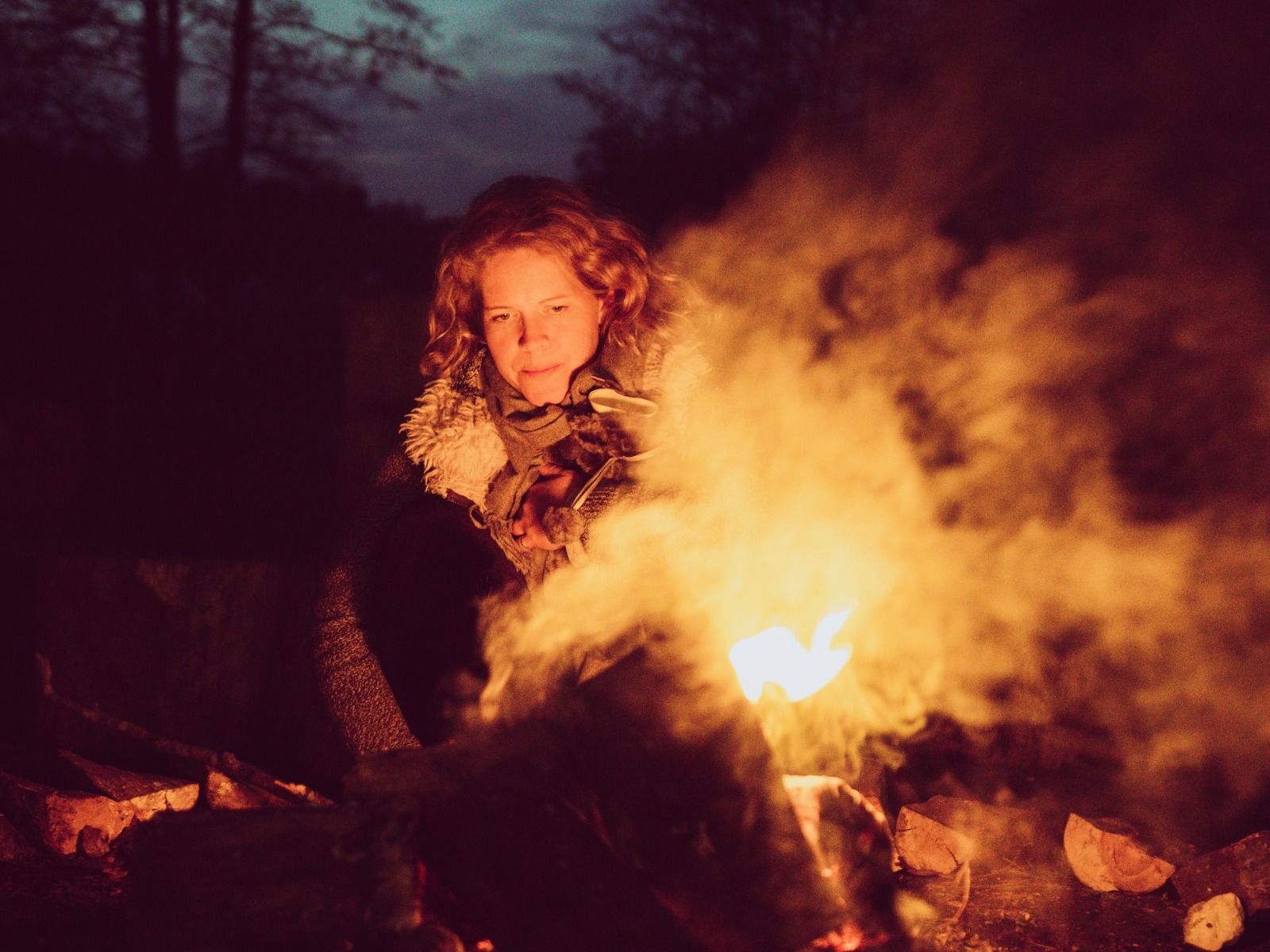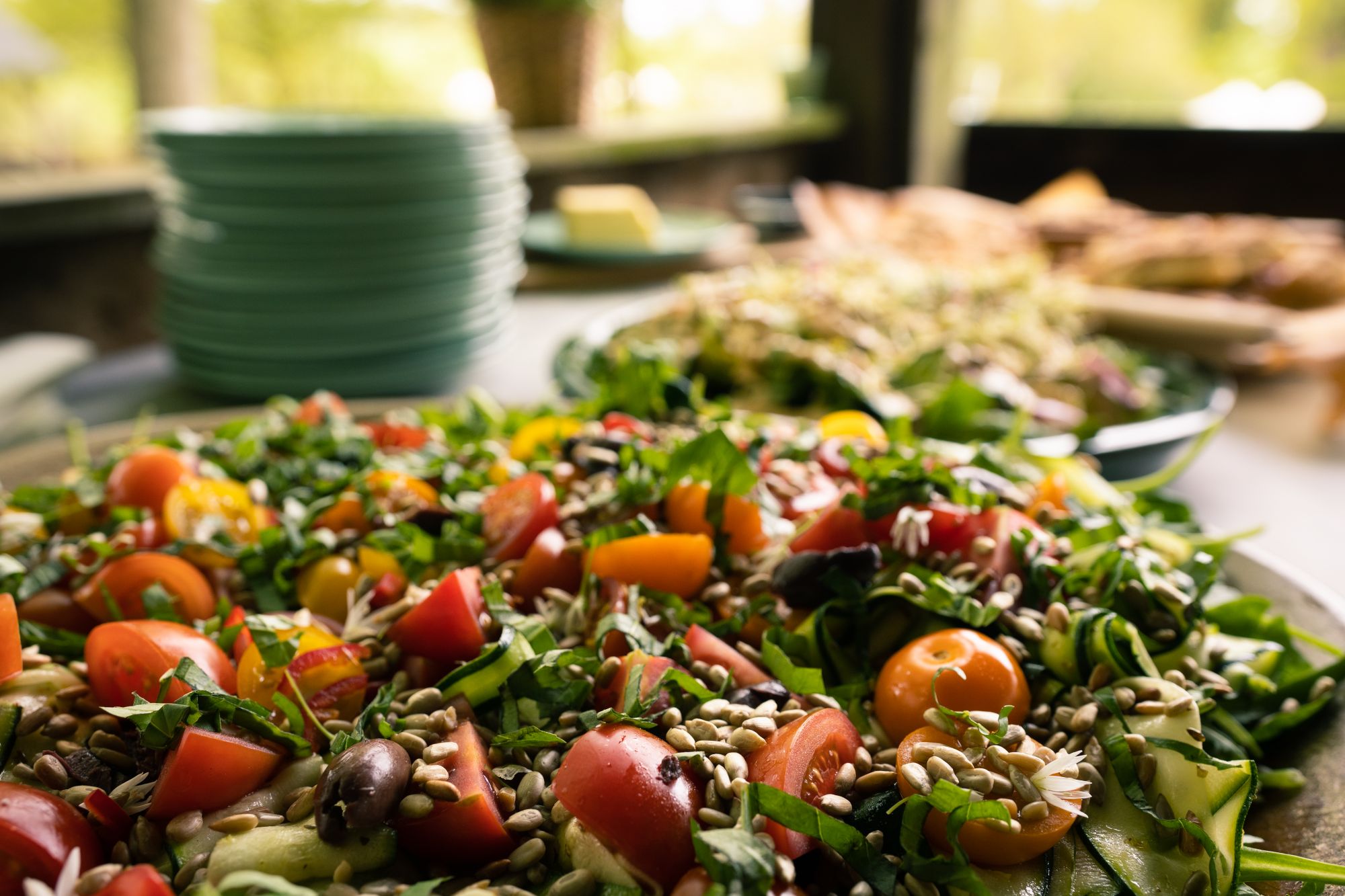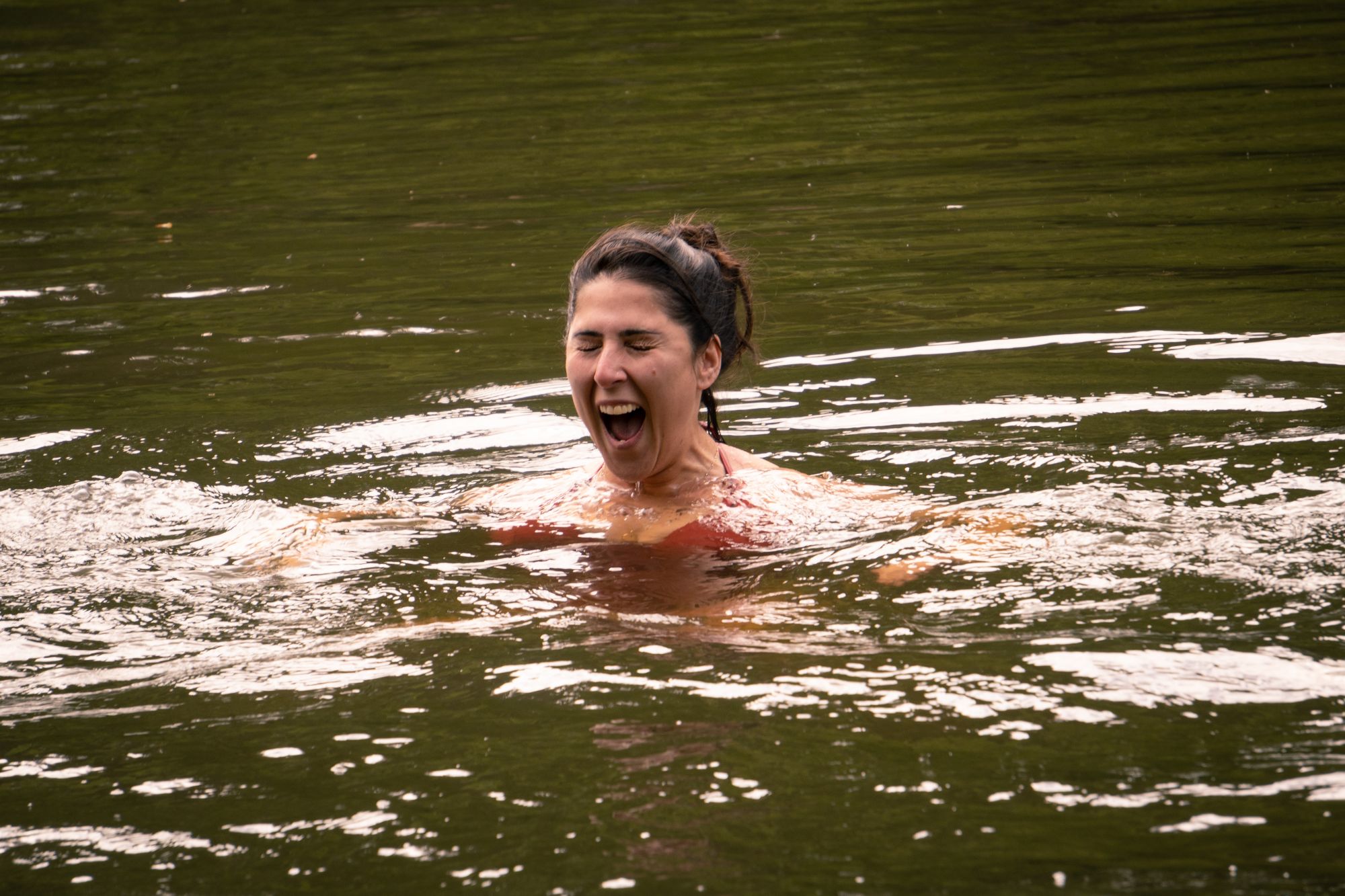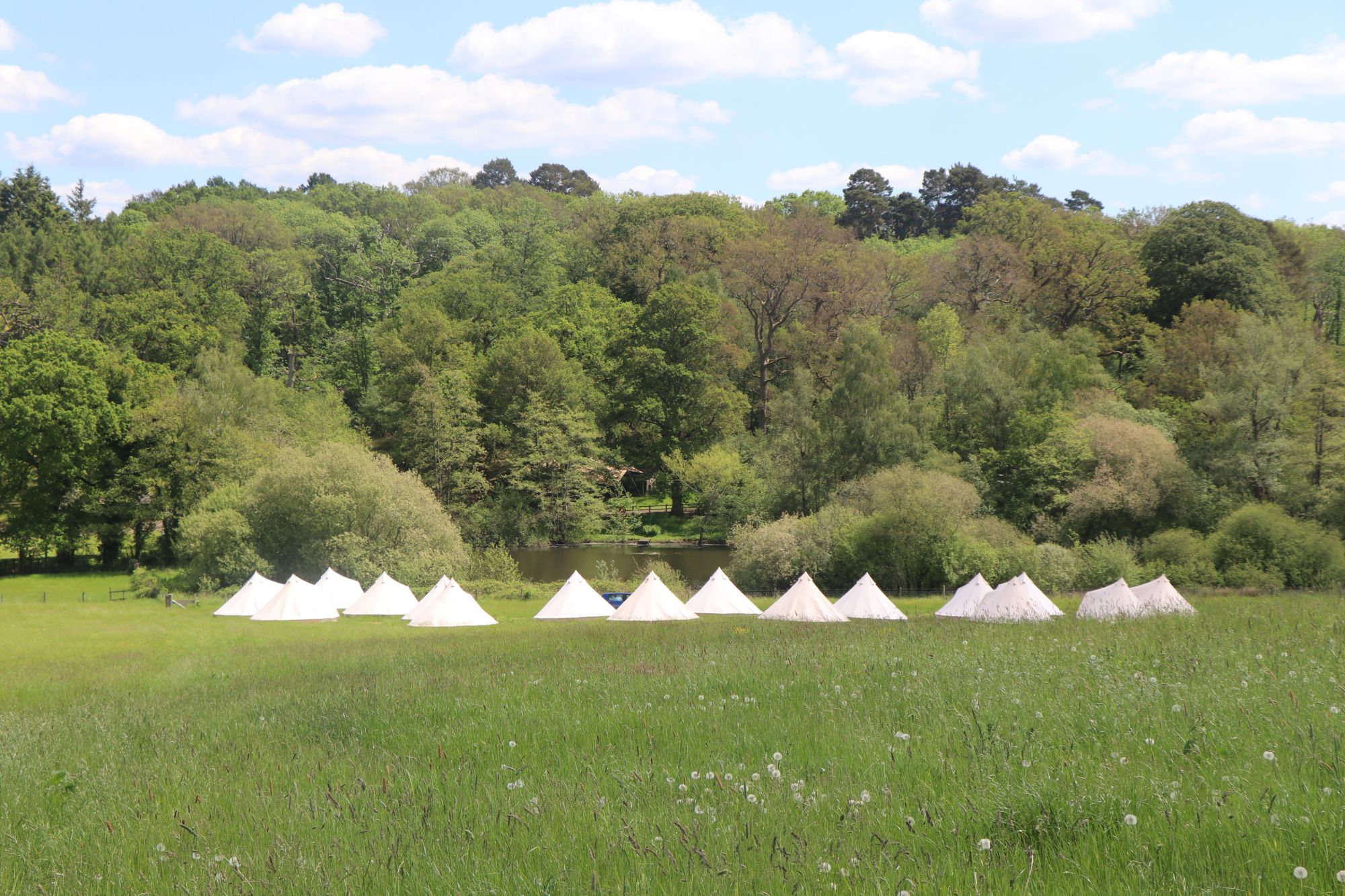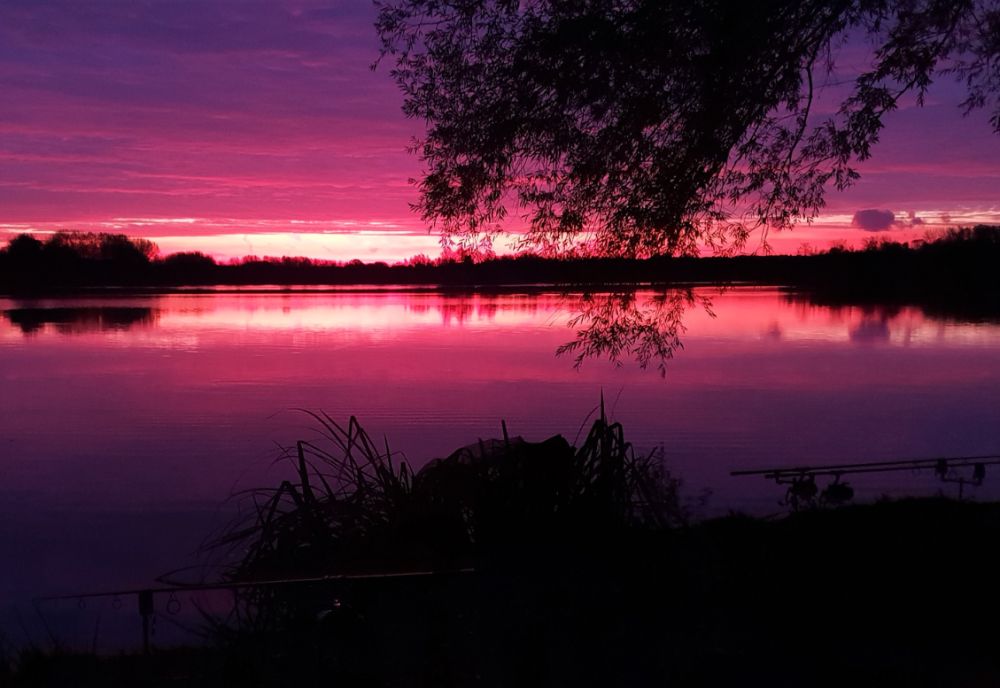
As the seasons change, wildlife changes its behaviour accordingly to take advantage of the opportunities nature provides. These changes take place day to day and week to week as the weather, daylight hours and seasons alter the very feel of the air and the countryside. Within a week, a large part of the Estate’s wild bird population has changed its behaviour from winter flocking and feeding into breeding season. Long-tailed tits that were moving through the waterside trees in flocks of 20-30 birds on 11th March, had almost entirely split up into breeding pairs one week later. These charming little birds often depend on willow, poplar, and alder trees around the fishery for winter food such as aphids but when the milder weather and longer daylight hours trigger their breeding instincts, they will spread out through the countryside looking for suitable nesting sites.
Another bird spotted frequently in the fishery, especially in winter months, is the Treecreeper. This tiny bird with its incredible cryptic camouflage, pure white chest and belly often travels with the long-tailed tit flocks in the winter as they forage through the waterside trees and bushes. With the ability to climb up and down tree trunks and branches, the Treecreeper searches cracks and cavities in the bark for insects using its long, thin, curved bill. Although relatively abundant the Treecreeper can be extremely difficult to see because of its camouflaged plumage; learning to recognize its unique piping contact call and watching for a tiny brown bird flitting from one tree trunk to the next will help to spot one.
One of the most important waterside plants on the Estate is the Phragmites reed, that wonderful 6ft-8ft tall lakeside reed that lines many pools, lakes and marshes in the Kennet valley. At Wasing there are many Phragmites reedbeds that provide safe hiding places for thousands of juvenile fish, important habitats for numerous insects, and bird species such as reed warblers and water rail. At this time of year Phragmites show little or no green growth, only brown and white stems, but their seeds are ready to detach from the dead stems and catch the next gust of wind to travel off in search of wet or marshy ground. If you see light, feathery seeds blowing in the wind near the water at this time of year, it’s likely to be Phragmites reed or Typha reedmace searching for damp ground.

Our summer migrant birds such as willow warbler, swallow and cuckoo are well on their way to Wasing from their wintering grounds in sub-Saharan Africa as well as some species are already here. If you listen carefully at the fisheries, dozens of chiffchaff are singing their characteristic onomatopoetic song “chiff-chaff, chiff-chaff”, and on the 18th March, 3 sand martins where spotted over Rowneys lake feeding up on tiny midges that were hatching out of the water. The chiff-chaff will most likely breed on or near the fisheries, but to the sand martins the Estate’s lakes are a vital refuelling stop on their migration to and from their breeding grounds.
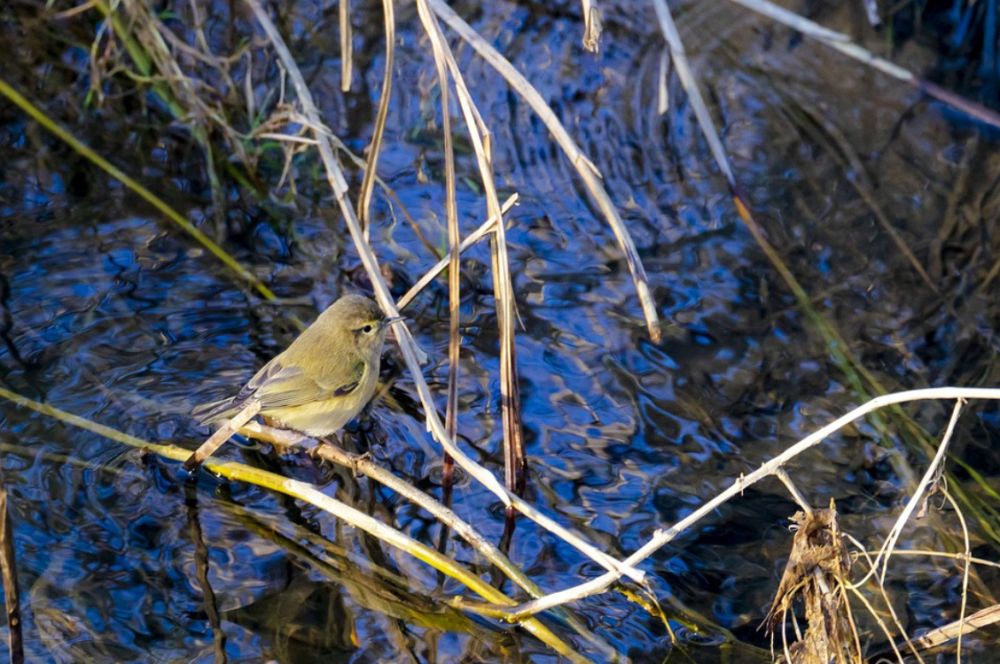
The next time you are at the Estate, take a brief moment to listen to the birds sing or gaze at seeds being carried by the wind as nature presents us with signs of spring and new life.
– Jock The Wasing Bailiff







